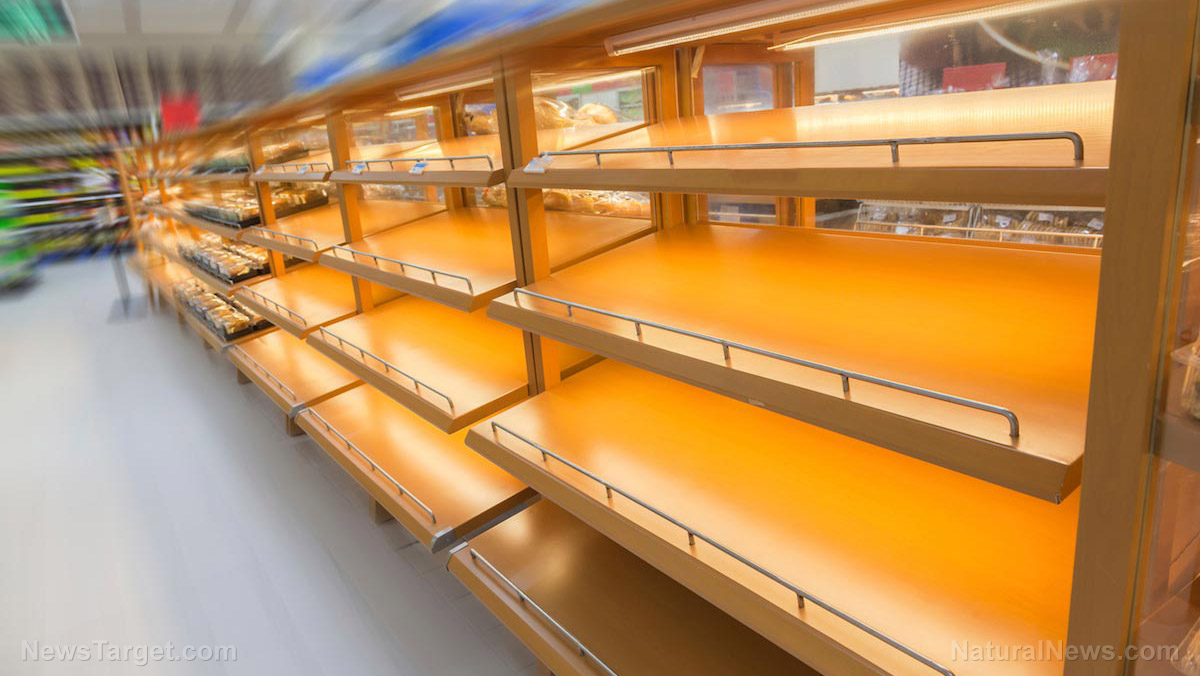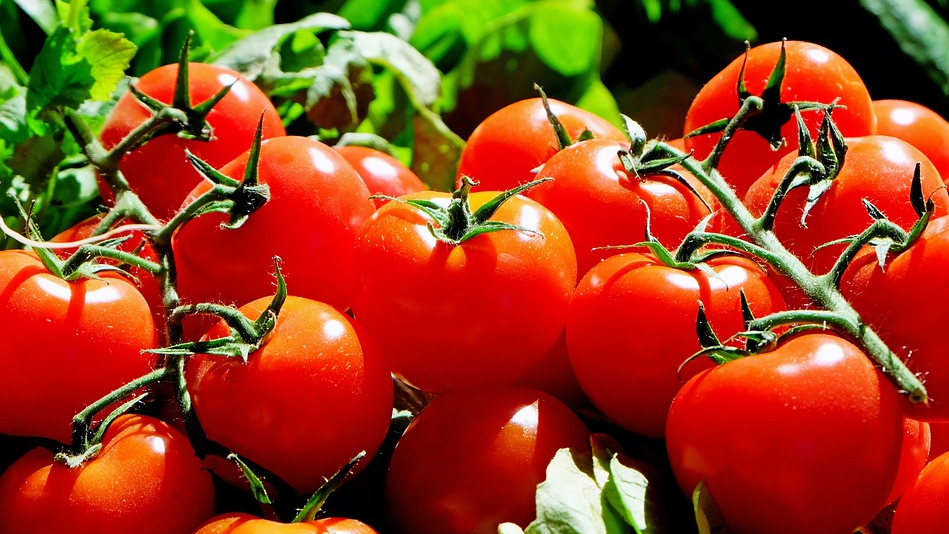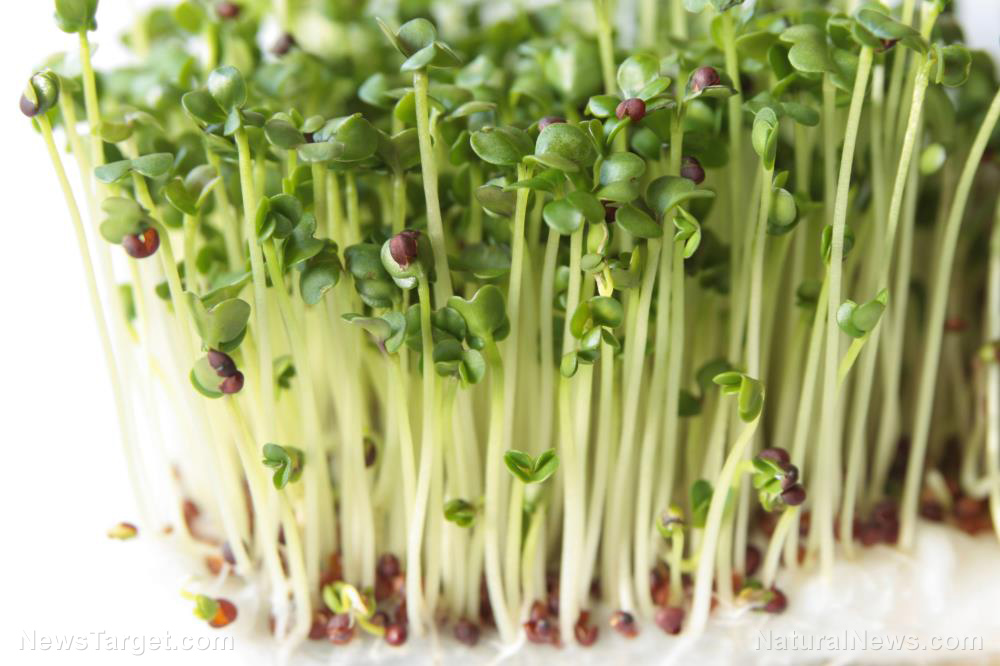
When SHTF, preppers know that they can harvest fresh produce from their survival garden. But what if you want to earn some extra cash with your harvest? (h/t to ThePrepperJournal.com)
From home gardening to market gardening
The habits and techniques of successful market gardeners and small farmers can be applied to home gardens if you want to sell produce for added income. While market gardeners prioritize efficiency and profit, home gardeners consider their crops as a way of augmenting their daily needs.
Establish a market
To maximize their profits, successful market growers establish their markets before they start planting. Depending on your location, your target market will include farmer’s markets, grocery outlets, restaurants, roadside stands, or tailgate sales.
Once you decide on a market, determine what kind of crops you want to grow and the total produce that you need. You need to add how much you want for fresh eating, preserving, and for selling.
Lastly, finalize planting dates. Never wing this part of the process if you want to maximize your effort and resources.
Some of the most profitable crops include:
- Arugula/roquette
- Basil
- Celery
- Chard
- Cherry tomatoes
- Chives
- Cilantro
- Cucumber
- Dill
- Herbs
- Lavender
- Lettuce
- Mushrooms
- Pumpkins
- Radish
- Squash
- Turnip
Get plant covers
Almost all market growers who cultivate in excess of two to five acres of land invest in row covers. There are different types of covers, like cloth or mesh ones used to keep insects away from crops. Other covers like plastic sheeting protect gardens from frost.
These covers can significantly lengthen the time when a cultivated plot can remain in production. If you don't have that much funding to spare, buy covers for some of your crops then buy more as you earn more.
Aside from plant covers, market gardeners regularly cover their soil during dormant periods.
Hedge seeding and planting
When market growers are direct-sowing or transplanting, they regularly start an extra set of seeds to fill in any gaps. Doing this ensures a uniform harvest and maximizes garden space.
There are some exceptions, especially if you're tending a smaller garden or those that feed only about five to eight people. Sometimes, when your garden has warmer soils and is exposed to stronger light, fill-in-the-gap direct-sown seeds can catch up to other crops that were started under cold frames or planted as soon as the soil was warm enough.
If you're growing salad greens and small tubers and roots – which are both densely planted and faster-growing with a 35- to 65-day harvest range – you should have backups to transplant in gaps.
While commercial growers can accept such losses, as a smaller grower you can't afford them. (Related: One seed at a time: Tips for growing your own vegetable garden.)
Don't thin out your crops
Market growers and preppers can agree on one thing: You should minimize loss whenever you can. Both your time and seed are finite resources, along with garden space and growing season.
Thinning out seedlings means wasted time and resources, like fertilizer, nutrients in the soil and water, and planting unnecessary seedlings. You'll then spend more time, and even additional resources, removing them to avoid overcrowding.
Plan your survival garden and work smart to avoid wasting any of your time and resources.
There are some exceptions, such as planting schemes that expedite the harvest of edible seedlings for human or livestock consumption. This often works for most small-scale growers. Another exception is gardeners with a limited growing season and land but lots of seeds.
A third exception is high seeding rates for plants with low germination. It isn't considered wasteful if these plants are used as a cover since having denser plantings saves time. Plants with high seeding rates also improve your harvest because they limit weed competition.
Business analysis
If you want to make a profit from your survival garden, track expenditures and results.
Professional growers make time to:
- Track and crunch numbers to determine whether a crop type is worth growing or not;
- Determine outlay cost for fertilizer, pest control, and water; and
- Plan ahead for infrastructure maintenance.
It helps to adopt these practices, even if you have a different baseline for profitability with your home garden.
Factor in the cost of seeds. You also need to determine yields by variety and find the ideal seeding rate for your garden.
Consult gardening experts
If you want to take a risk and start applying market gardening practices to your home garden, it pays to consult experienced gardeners. Do your research online or talk to fellow gardeners in your area for advice on how to grow crops that will thrive in the same environmental conditions.
You can find plenty of blogs, forums, and video-sharing websites with content produced by market gardeners. Make the most of these resources, especially if you're just starting out. Just remember that you need to get advice from growers with smaller gardens to determine practices that will benefit your own garden.
To boost the profitability of your home garden, plan ahead and ask the experts for market gardening advice.
Read FoodFreedom.news for more headlines about achieving lasting food freedom from your home garden.
Sources include:
Please contact us for more information.





















